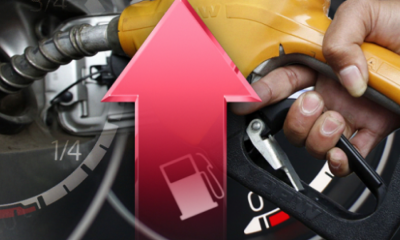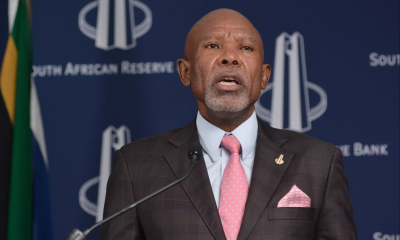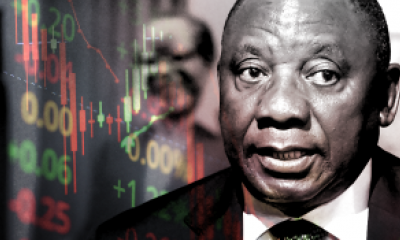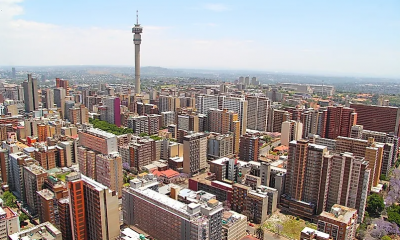411
Rising Household Debt Adds Pressure to South African Families

South African households are bracing for tougher times as rising debt levels and fading hopes for significant interest rate relief in 2025 signal growing financial strain.
According to the South African Reserve Bank’s (SARB) third-quarter 2024 Quarterly Bulletin, household debt has crept up slightly. The debt-to-disposable income ratio edged higher from 62.1% in Q2 to 62.2% in Q3, driven by increased credit access across various categories.
While the cost of servicing debt remained steady at 9.1% of disposable income, the overall debt burden continues to weigh heavily on families across the country.
Changing Spending Patterns Reflect Economic Pressure
Consumers are feeling the pinch, with spending trends highlighting the financial challenges. Expenditure on essentials like food, beverages, and medical products has slowed, while households have faced rising costs for utilities, fuel, and water.
Purchases of durable goods, including personal transport equipment, computers, and household appliances, have notably decelerated. Real spending on durable goods grew by a meagre 0.2% in Q3, a sharp decline from the 1.0% growth in Q2.
Similarly, semi-durable goods like clothing and footwear have experienced slower spending growth. Services, too, have seen a decline, with cautious consumer behaviour reflected in lower spending on medical, transport, and communication services.
Uncertain Interest Rate Outlook
Adding to the strain, hopes for significant interest rate cuts in 2025 have diminished. Market sentiment has shifted, with traders now expecting only a single 25-basis-point reduction in January.
The SARB’s cautious stance aligns with global economic trends, including the US Federal Reserve’s gradual approach to rates. Analysts like Marek Drimal from Societe Generale suggest that external financial pressures could delay any rate cuts until March 2025.
SARB Governor Lesetja Kganyago has reiterated the importance of stability, noting, “We should not be creating uncertainty by making moves that we would later regret.”
A Challenging 2025 for Households
As borrowing costs remain high and consumer spending slows, South African households are preparing for a challenging start to 2025. Rising debt levels, subdued spending, and limited rate relief highlight the growing economic pressure on families.
The road ahead will require careful financial planning and resilience as households navigate these turbulent times.
Follow Joburg ETC on Facebook, Twitter , TikTok and Instagram
For more News in Johannesburg, visit joburgetc.com



























